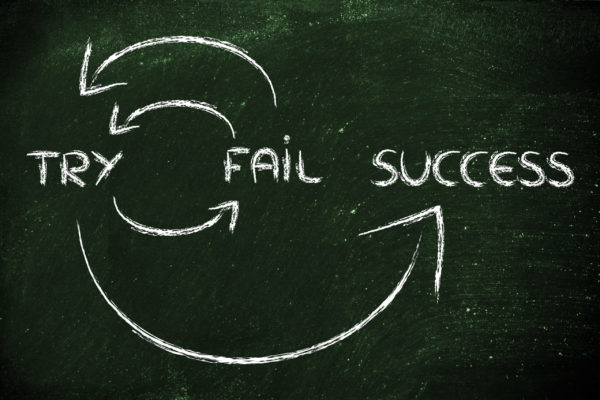What allows us to change? We could also put it in a different way: what makes us not change?
We all try to change all the time. It may be through tiny changes or through giant leaps, but our nature it in testing our selves and our environment to find their limits.
Look at young children how they constantly test the limits of everything. Nothing seems to stop them in their way. And even if find something blocking their way they will try other ways until they reach their goal.
So what transformation happens between when we are a child to when we grow up?
Well we already started talking about it: limits
Limits
When we are young we don’t know of any limits and thus nothing is holding us back to go and discover those limits. The problem is often discovering a limit is painful, either physically or emotionally. And because we don’t want to reproduce this pain again, we set our own limits early enough to make sure we won’t reach that painful limit. An the more we age, the more painful limits we face and the less adventurous we become.
So how can we make those limits less painful so that we could keep on exploring in their direction?
Let’s look into what pain we face in those limits. As we said there is physical and emotional pain. The physical pain is easy to understand: you hit yourself, you feel pain, and if you further injured yourself with a bruise or worst injury, the more intense and the longer the pain will be.
Emotional pain
For an emotional pain its a bit more hidden and harder to detect, even though we feel it just as much. Let’s imagine you get in an argument with someone you like. After the argument you feel sad, doubtful… some emotional pain that we are not used to talk about and express. But its here. And you might learn from this experience that the limit of your relation with that person is to not talk about the given subject that started the argument.
Now let’s imagine a child growing up and making a mistake at home, maybe dropping and breaking a glass. On top of the noise and shatter of the broken glass adds the parents yelling at the child telling how bad of a child he is for dropping and breaking the glass. What do you think will happen to the child? He probably will be scared of taking a glass again for quite a while, forcing the parents to assist him each time he is thirsty, maybe even reverting to using a nursing bottle. But he’ll be scared for a while of even touching a glass.
For adults this can translate to the office environment. An employee works on a difficult project, but because he’s trying something new he struggles and eventually delivers to his boss a poor and late report. His boss angry from the poor job he’s done with this project yells at him and tells him he’s no good for nothing. What will be the natural reaction? He’ll avoid taking the job on the first place, or when a project gets complicated, just don’t deliver, because if you don’t deliver you won’t get yelled at for trying. So as soon as a delay appears on a project or a difficulty starts to appear, instead of looking for a solution and learning from the experience, the emplo
yee just puts the project away to be forgotten.
Those emotional pains, just like physical pain, stop us from attempting things again.
A safe place for mistakes
Imagine instead of yelling and getting angry we react in a more understanding way. What if instead if getting into an argument we said “interesting point of view, i didn’t see in that way. I though it was this other way”. What if the parents said “it’s ok, let’s clean up and you can try again after” to the child. Wouldn’t it help more? What if the boss said “i understand its a difficult project, lets have a look at it together to see how we can make it better for next time”. Wouldn’t the company get better outcome? What would be the new learning from those situations? Obviously people know they’ve done something “bad” when they break a glass or deliver late, so it’s pointless to rub it in the others face, it will only make things worst. Instead, acknowledge the situation, and encourage the person to try again, to help him learn from his experience.
This is how we build an environment where people are likely to grow.
So start by building an environment for your self where you are allowed to make mistakes. Mistakes are part of life, and the only way to avoid all mistakes it to stop doing anything. So allow your self to do mistakes, even try doing mistakes on purpose, challenge the limits you’ve set to yourself so long ago. And build the same safe environment for the people around you. Safe, because you are safe to do mistakes and learn.
The only mistake is not to try.

No responses yet